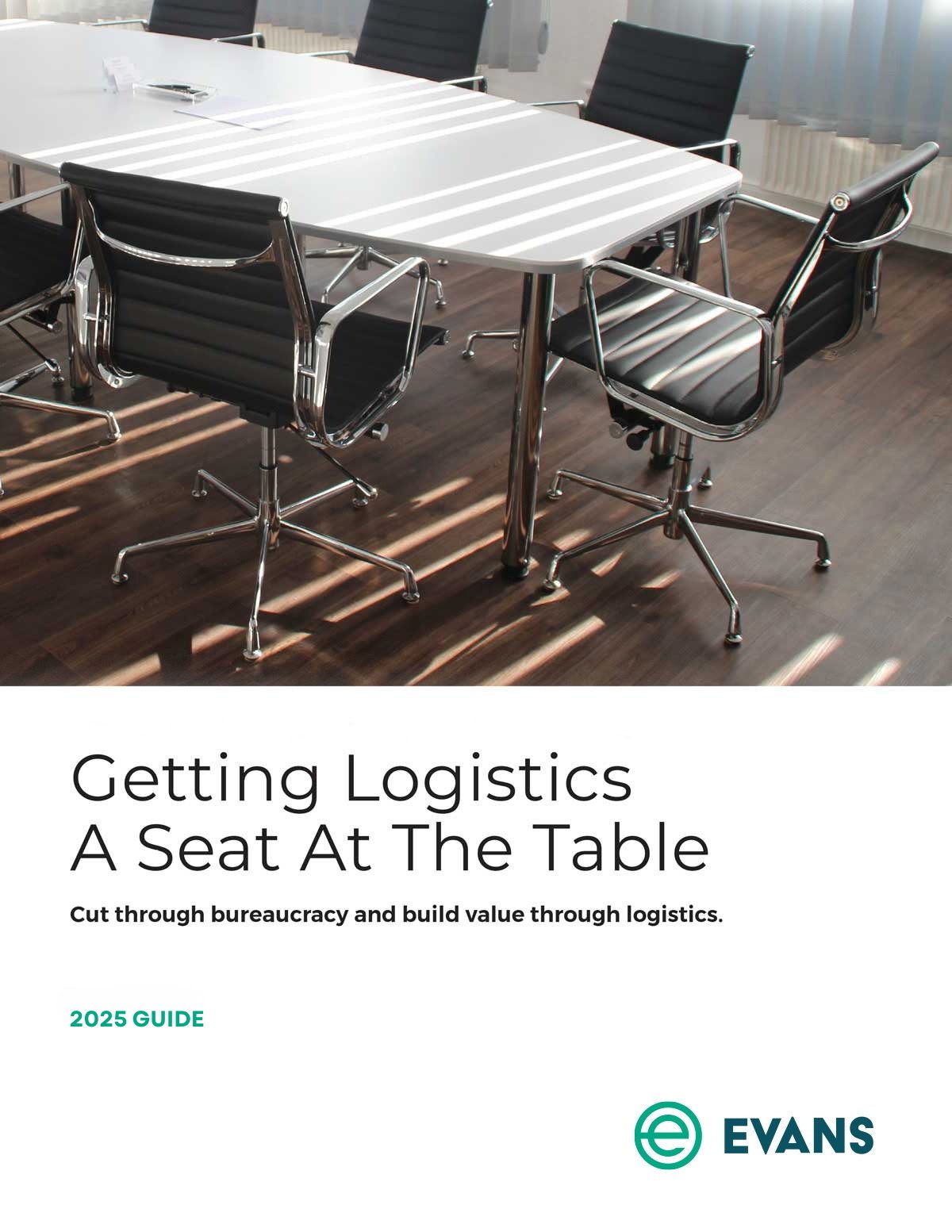We continue our “Evans Educates” series with a market update from the Evans team.
As the third quarter is nearing its end, we are coming into the peak Holiday Season. Before you can start to think about budgets, RFPs, or planning for 2022, it is essential to understand the current freight atmosphere. We are confident that the educational information below will help you navigate today’s turbulent freight environment. To further understand the historic 2020-2021 freight environment, take a look at the Evans' State of the Market Report.
LTL Market Update
The LTL industry is not unique in that it is facing challenges in today's intense freight market. Many of the same drivers exist that cause disruption in your everyday life. These factors are influenced by LTL carrier performance, as well as increased costs.
The overall volume growth has been driven by increased e-commerce pressures as well as modal spillover. This increased demand adds to the compounding driver shortage situation that almost every industry is currently experiencing. Not only is it due to the lack of qualified employees in the marketplace, but the Drug and Alcohol Clearinghouse is pushing drivers out of the driver pool as well.
As freight moves through the natural cycles of raw goods to the final customer, we are experiencing bottlenecks. LTL carriers are seeing ports push freight to their docks versus utilizing other modes to move it. Due to the constant fluctuations in freight outlooks, carriers have 2–3-week delays in given markets. Some carriers are going as far as implementing embargos.
Where do these shortcomings lead us in today's market? Carriers will continue to strive to reduce operating costs. LTL carriers are being selective, whereas shipper volume used to be “king.” They are not only limiting the amount certain shippers can tender to them, but they are also saying no for the first time in their history.
With all of this "bad news" for shippers, how can LTL performance be improved? First and foremost- develop a plan for LTL carrier strategy. Secondly, take a deep dive into understanding the various factors in carrier selection beyond simply taking the freight out to market for a pricing review. Thirdly, understand your customer and supplier needs as well as carrier needs. Next, utilize regional carriers based on freight profile. Finally, evaluate the cost versus service. Each one of these is an important factor that comes into play when making LTL decisions.
Additionally, becoming a Shipper of Choice and reducing inefficiencies is vital with the high demand for LTL capacity. Maximizing the allotted trailer footprint by packing tight and limiting the number of pallets improves carrier operating performance. Reducing the activity costs associated with the freight by limiting additional services and accessorial charges will also reduce operating costs for carriers. Finally, getting a driver in and out quickly from the dock decreases dwell time and improves freight movement.
Truckload Market Update
To not be outdone by LTL, the truckload market is continuing to change rapidly. Truckload accounts for over 70% of the freight movement in the US. Combine that with everything you use in your everyday life; much of it was likely moved at some point via a truckload shipment.
The most significant driving factor to the TL market being upside down is the driver shortage. The idea behind the pending driver shortage has been going on for 15 plus years. It took a pandemic to push it to the breaking point finally. Yes, there is a lack of equipment in today's environment with the chip shortage. However, even if we had all the tractors and trailers to meet the demand, we would still lack the qualified drivers to operate them.
Typically, we see some relief in the marketplace after July 4th, but the freight rates have continued to move at an elevated pace. Although the flatbed market seems to be stabilizing, the overall spot market indicates that demand is still high for capacity. Freight expenditures are currently up 42.2% year-over-year and showing very little sign of slowing up. Barring any further major hurricanes, we could see some slight slowing in demand in September. Yet, the backlog of freight sitting in the ports for the Holiday season could put us back in a tailspin. Between 20-30 vessels continue to be anchored in Port of Los Angeles as we head into the holiday peak season.
Even though the freight market is not in an ideal state, there is plenty you can do to set yourself above the rest. Like LTL, have a focus on being a Shipper of Choice. We will share more on this topic in the months to come. However, it is all about creating a culture that is a "win-win” for you and the carriers. Make sure your shipping process allows for flexible pickup and delivery, as well as giving several days' notice prior to the ship date. Think of your carriers as if it was you making the pickup at your dock.
In addition to putting yourself in their shoes, you should consider your shipment characteristics. Leverage your data to fill a trailer to the max. Today each square foot is precious. You can convert it to a TL if you can hold freight until you have more pallets to a geographic region. You may not only save money but make it easier on your capacity network and eliminate potential truck congestion at your dock.
Know that you are not alone in this fight, and there is still a lot of volatility coming in the following year. Just because you may be overwhelmed with the overall market conditions, you can do plenty as a shipper. Do not hesitate to leverage your trusted advisors at Evans to help show you the way and be a part of the #EvansExperience.
Thanks for reading!
- Team Evans
Comments
Subscribe to our Blog
© 2026 Evans Transportation Services, Inc. All rights reserved.


